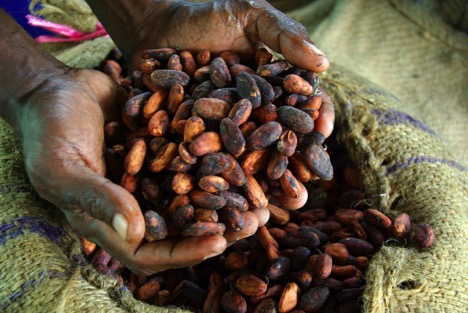By CultureBanx Team
- Goldman sees that South Africa’s equity and debt markets are deep & liquid
- The Johannesburg Stock Exchange, is 2.5 times the country’s GDP at $1T
As one of the world’s formidable investment institutions, Goldman Sachs (GS +0.98%) is looking to tap into fast economic growth on the continent by expanding its business in South Africa. Can Africa’s most industrial nation revive the firm which is battling a slump in core trading revenue and seeking to tap into new markets?
Why This Matters: The reason South Africa has become so appealing to the Wall Street firm is that its economy is running at just under $400 billion Gross Domestic Product (GDP). Holistically Africa represents about 2% of the world’s GDP and 15% of the world’s population. Specifically, Goldman sees that South Africa’s equity and debt markets are deep, liquid, and key drivers of the continent’s long-term growth potential.
The country is one of the higher-yielding fixed income markets, which makes it an attractive place for global investors
Expanding in the country comes after the firm’s very public pre-election support for the African National Congress in which President Cyril Ramaphosa led his party to victory. He vowed to reignite economic growth, streamline his cabinet and stamp out corruption. Colin Coleman, Goldman’s sub-Saharan Africa head is helping lead the securities expansion into South Africa and is a big supporter of Ramaphosa.
Goldman applied for a South African banking license and a revenue-sharing agreement with Investec on equities, this is to assure active participation in South Africa’s foreign exchange and capital markets. The country is one of the higher-yielding fixed income markets, which makes it an attractive place for global investors . For example, “the market cap of the Johannesburg Stock Exchange, is 2.5 times the country’s GDP at $1 trillion”, Coleman said at a conference in South Africa.
Situational Awareness: Additionally, Goldman is betting on the economic growth potential that results when the share of the working-age population is larger than the non-working-age share of the population. Africa’s working-age population will rise from 705 million in 2018 to nearly 1 billion by 2030, according to the African Development Bank. The continent needs to create about 12 million new jobs every year to prevent unemployment from rising.
CBx Vibe: “Offshore” Rae Sremmurd









